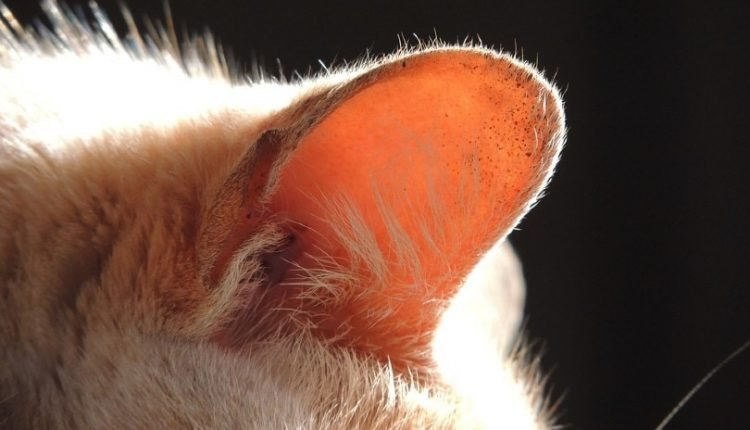We all know that cats are cute and cuddly. They even have fuzzy ears. But what’s up with that cute fluff inside your cat’s ear? Does he have a goal? Or is it just extra hair? I’ve always wondered, so I decided to investigate!
Turns out, that fluffy piece of fur inside your cat’s ears is called ear furnishings, and it serves a much bigger purpose than just making your cat look cute. Let’s find out more!
Types of fuzz in cat ears
Cats can have two different types of hair in their ears. The first is an ear tuft. These are sometimes called “lynx tips” and are the fur that grows on top of cat ears. Not all cats have ear tufts, but their job is to keep dirt and debris out of the ears and to filter sound into the ear canal.
Cat ear furniture is the hair that sits inside a cat’s ears. Its purpose is to help cats pick up tiny sound vibrations from quiet or distant sounds. Earbuds are part of the reason cats have such good hearing. Most domestic cats have some form of ear, regardless of breed.

cat ear anatomy
The basic structure of a cat’s ear is the same as that of most mammals. They have three structural areas: the outer ear, the middle ear, and the inner ear. The outer ear includes the pinna, the part you see, and the ear canal. Cats have movable auricles, which means they can turn their ears in different directions to pick up sound. They can also move each ear independently of the other.
The middle ear is made up of the eardrum and small bones called ossicles. These bones vibrate and transmit sound waves to the inner ear. Sensory cells in the inner ear convert vibrations into electrical energy and send messages to the brain via the auditory nerve.
The inner ear has a dual purpose. It contains cells to receive sound waves, but it is also part of the vestibular systems, which provide balance and spatial orientation. Your cat’s ears tell her where her body is in relation to the world around her, allowing her to balance herself and jump efficiently.
Interesting facts about cat ears
Now that you know what the cute fuzz inside your cat’s ears is, you might be curious for some more fun facts about cat ears.
- A cat’s middle ear is bisected by a septum – something unique among mammals, but also something that makes middle ear infections difficult to resolve.
- The folds of skin that form “slits” on the outside of a cat’s ear are called Henry’s pouches. Vets don’t know what Henry’s pouches are for or if they serve any purpose.
- Cats hear lower and higher frequencies than humans and dogs.
- white cats with blue eyes have a higher incidence of deafness than cats of any other color.
- Some cats have a genetic mutation that gives them four earswith additional quills behind the two main ones.
- Cat ear canals are self-cleaning.
- Cats are born deaf. They are an altricial species, meaning they are born without fully functioning sensory systems. Their ear canals are sealed at birth and do not open until around 10 to 14 days of age.
- Your cat’s ear temperature can tell you if she’s stressed. Studies show that only right ear responds to hormonal changes, not the left.
- There are 32 different muscles that move your cat’s ears.
- A cat’s ears and ear position indicate a wide variety of emotions, from happiness to relaxation to aggression.
Final Thoughts
I love learning about our furry friends, and I hope you do too! Turns out the nice fluff inside your cat’s ears is there to help channel sound into the ear canal. This ear trim is also part of your cat’s self-cleaning mechanism for their ears. While some cat breeds have more prominent auricles than others, most domestic breeds have them in one form or another. Cat’s ears are finely tuned systems that give them one of the best hearings of any breed of domestic mammal. I hope you now have a better understanding of how they work and what makes them special.
Featured Image Credit: TRAPHITHO, Pixabay
Ivy’s mom cat – a feisty little rescue kitten who is her one and only child. For the moment! Throughout her life, she was introduced to the special love that can be found in bonding with a cat. Having owned several felines, she is more than certain that their love is unmatched, unconditional and unlike any other. With a passion for educating the public on all there is to know about felines, their behavior and their unique personalities, Crystal is dedicated to ensuring that all cats and their owners know the importance of living mindfully – and to love!

Comments are closed, but trackbacks and pingbacks are open.